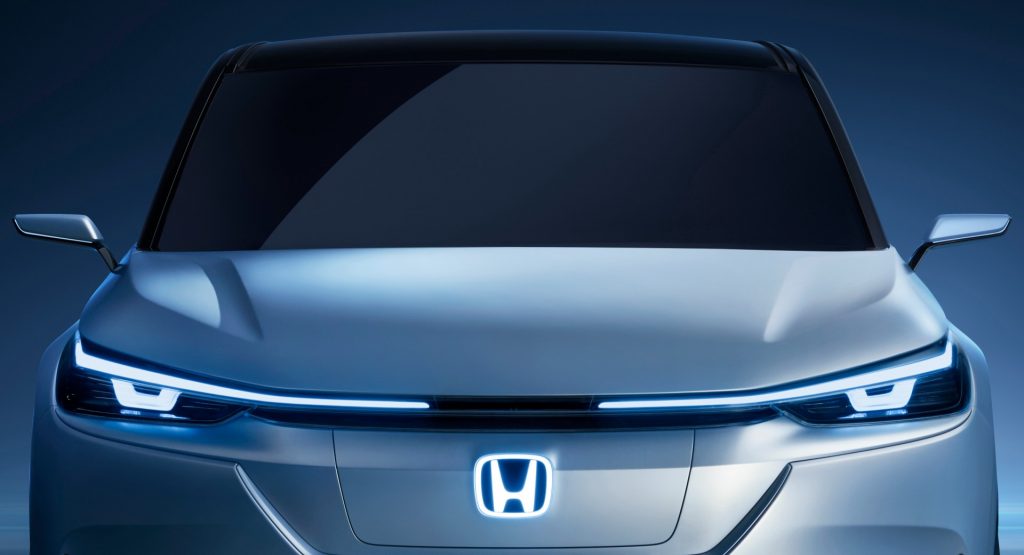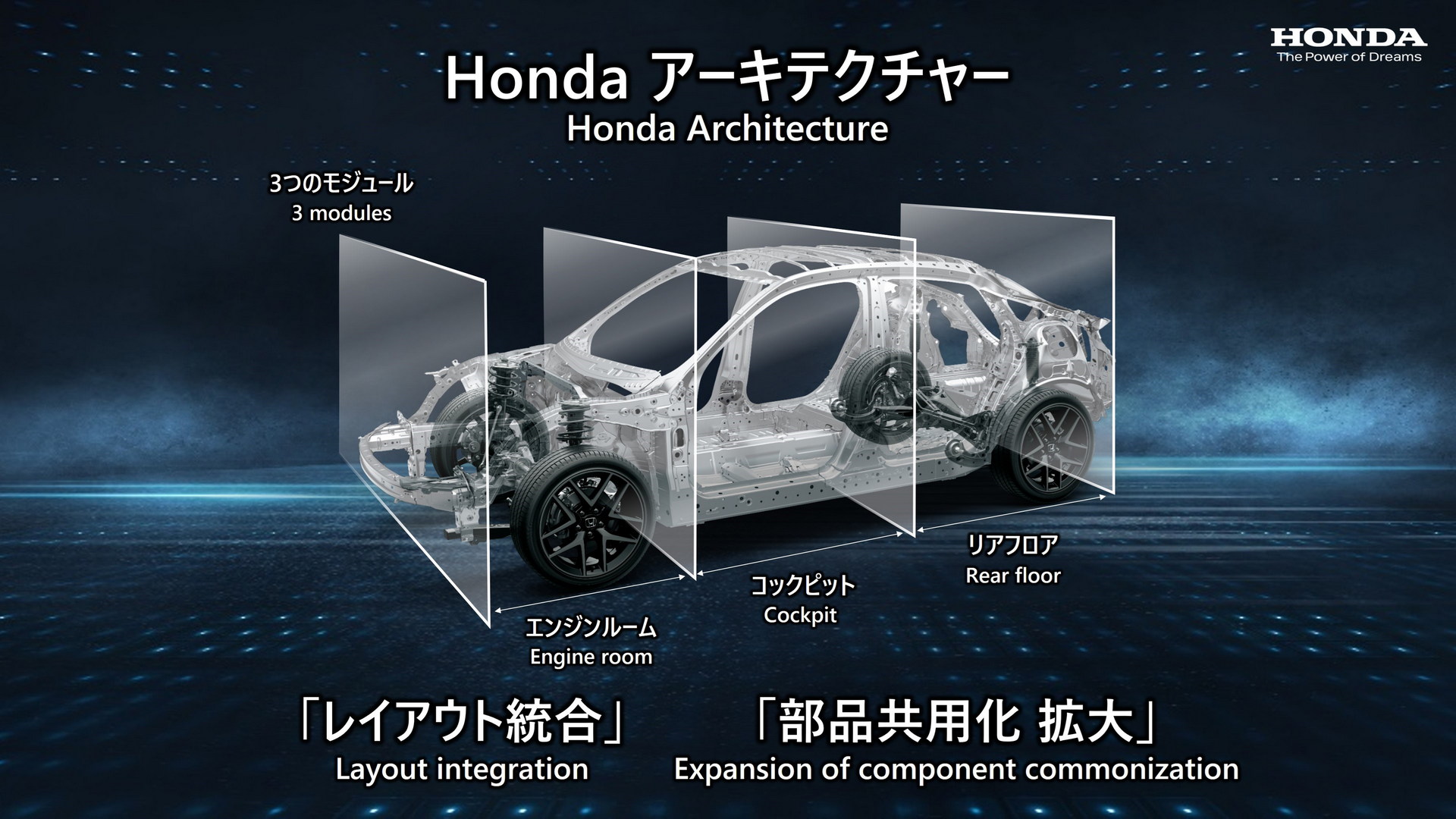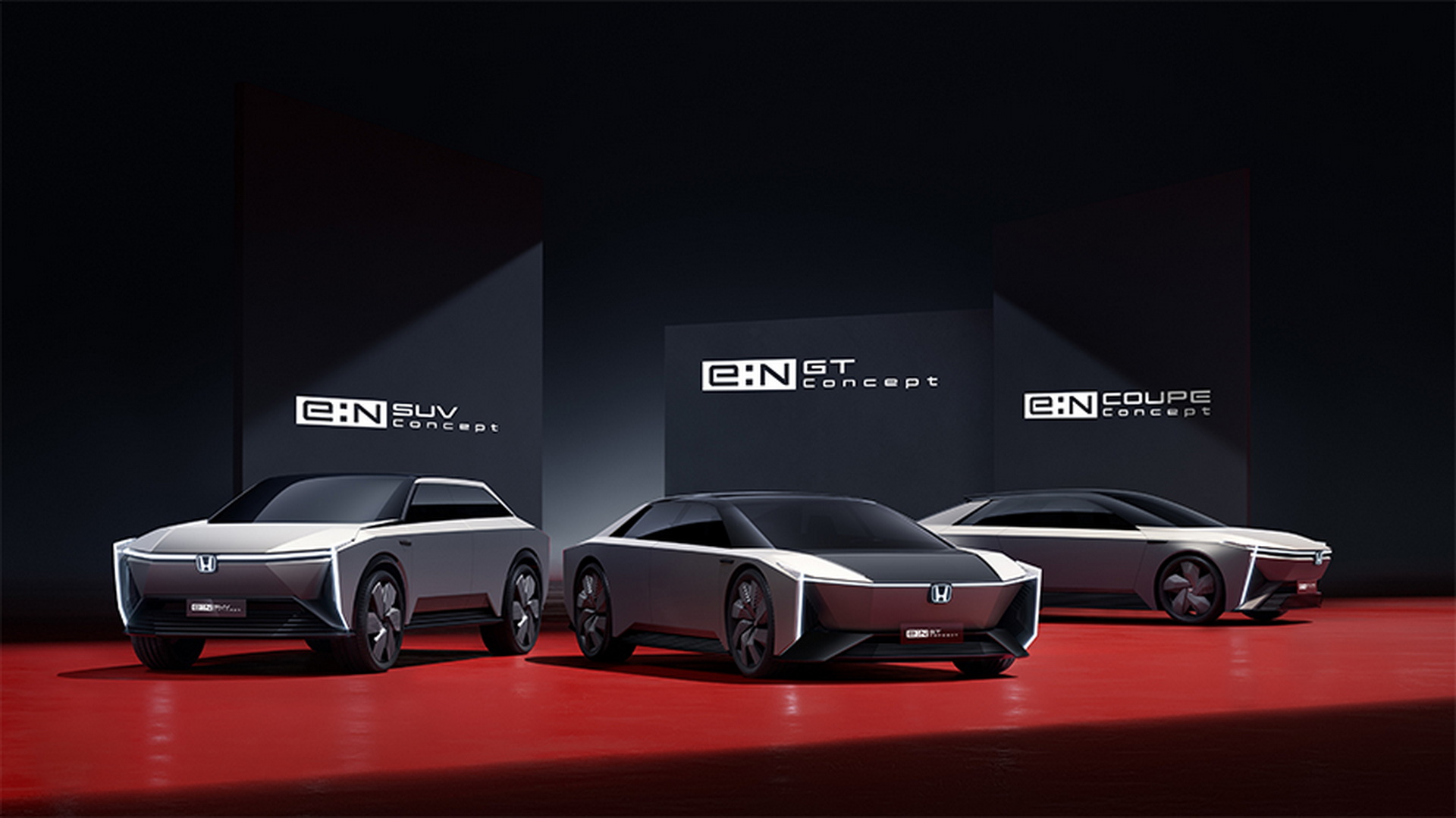Honda recently announced its electrification strategy with 30 planned EV launches and a target annual production of over 2 million EVs by 2030. Now it has been confirmed that those models will be based on three new EV-dedicated architectures that are already under development.
Shinji Aoyama, Honda’s head of electrification, gave us a good idea of the upcoming modular architectures. As reported by Reuters, the Honda executive confirmed that the company is developing EV-specific small, medium, and large platforms. The small platform will be introduced by a mini-LCV for the Japanese market in 2024, followed by additional passenger mini-EV siblings.
Read Also: 2023 Honda HR-V Revealed As A Bigger And More Mature SUV
Next will be the large platform, supposedly the Honda e: Architecture from the previous announcement. This one will underpin a full-size EV for North America coming in 2026, and other models. It is also a good candidate for the duo of EV sportscars that recently appeared in official teasers, although nothing has been confirmed yet in terms of their specifications.
Last but not least, the third platform is a medium-sized architecture developed in collaboration with General Motors. It will debut in 2027 underpinning a series of affordable EVs, although Shinji Aoyama admitted it has not been decided yet if it will be a Honda or a GM architecture, and in which plants they are going to be produced. In any case, the rollout will start in North America and gradually expand to global markets. Honda has previously said that the result of its alliance with GM will allow EVs to be competitively priced to gasoline-powered vehicles, and have a similar driving range.
Honda and GM’s jointly developed platform is different from the GM Ultium that is already underpinning the Cadillac Lyric and will be also used by the mechanically-related duo of electric SUVs by Honda (Prologue) and Acura (yet-unnamed). The latter are set to arrive in 2024, produced in GM factories for North America. Honda will be using GM’s Ultium batteries but won’t participate in the joint venture between GM and LG Energy Solution.
There was no mention of the newly established Honda – Sony alliance which will have Honda participating in the development and undertaking production of the upcoming Sony-badged EVs. However, their targeted market launch in 2025 is earlier than the debut of the medium and large EV-dedicated architectures, meaning they won’t necessarily be related to them.
Shinji Aoyama also revealed Honda’s production targets for each market, in order to achieve the annual global production goal of 2 million EVs by 2030. More specifically the automaker wants to produce 750,000 – 800,000 EVs in North America, another 750,000 – 800,000 EVs in China, and around 400,000-500,000 EVs in Japan and other markets each year by the end of the decade.







